8. Paul Thomas Anderson’s Dependence Trilogy
Punch-Drunk Love (2002), There Will Be Blood (2007), The Master (2012)
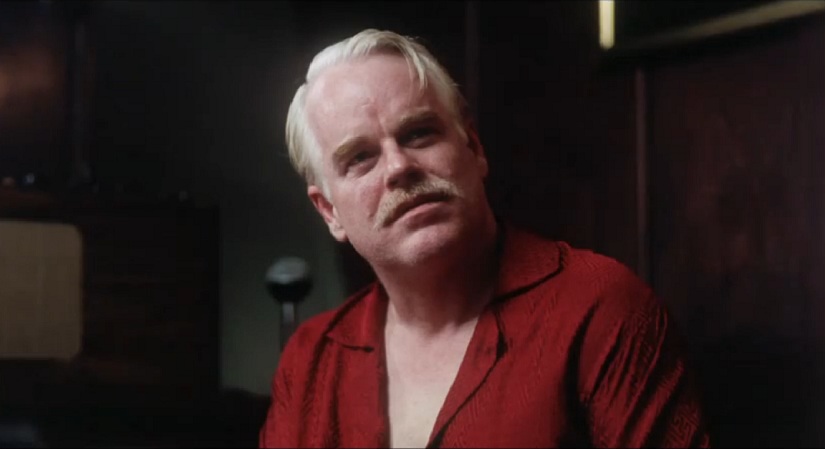
Unlike the others to this point, this trilogy is non-sequential in that the viewing order to follow the concept starts with There Will Be Blood, is followed by The Master, and concludes with Punch-Drunk Love. The tying concept within these three films is the view of dependence on relationships with others.
Paul Thomas Anderson is no stranger to character and relationship development, as shown with his previous films. There Will Be Blood is a story centered around the character Daniel Plainview. Daniel Plainview is a man who has no dependence on those around him but rather sees them as tools to be used to capitulate to his greed.
This is shown in his relationships with the boy he claims as his son whom he inadvertently makes deaf, sends off, and later calls “a bastard in a basket” and the man who claims to be his brother whom he murders. The Master similarly portrays Freddie Quell, a man who struggles to connect to others but joins the cult headed by Lancaster Dodd.
Though he left the cult, Freddie becomes a man who is now learning how to connect to others. Barry Egan in Punch-Drunk Love picks up where Freddie Quell left off as a man who wants to connect to another person. Barry finds Lena, a woman who teaches him how to love as he grows to become entirely dependent on his love of her.
7. David Lynch’s LA Trilogy
Lost Highway (1997), Mulholland Dr (2001), Inland Empire (2006)
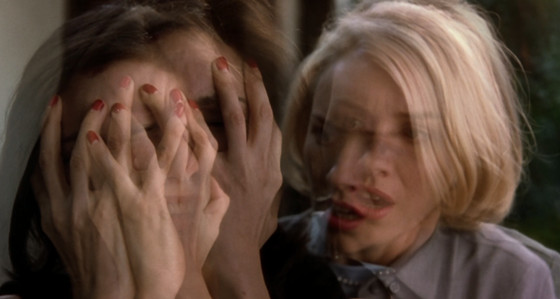
The dreamlike (or nightmarish) director’s trilogy is formed by his more recent feature length films. As stated in the name, one of the linking concepts is the location of the films as all three take place in the Los Angeles area as opposed to his earlier works set in small towns such as Twin Peaks and Blue Velvet. These three films, through complex and chaotic narratives, also explore the identity within the main characters.
The trilogy begins with Lost Highway which features the overlapping narratives of Fred Madison and Pete Dayton whose identities coincide. Similarly, Mulholland Dr focuses on the narratives of the split worlds between Betty/Diane and Rita/Camila. The trilogy concludes with Inland Empire and the portrayal of the actress Nikki who falls into the persona of her character, Susan.
6. Martin Scorsese’s Mafia Trilogy
Mean Streets (1973), Goodfellas (1990), Casino (1995)
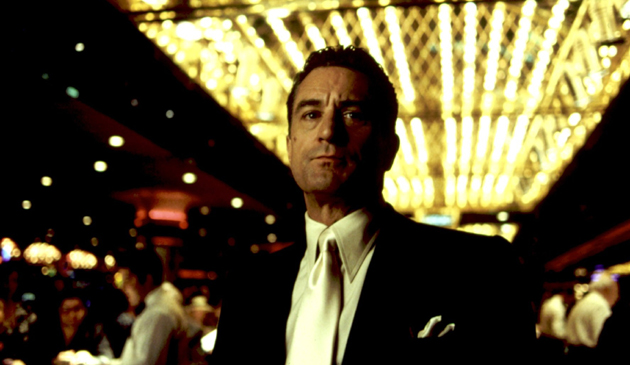
Perhaps the simplest of all the trilogies, the linking concept in Scorsese’s Mafia Trilogy is exactly what it seems to be, the mafia. Each film in the trilogy portrays the American dream often coinciding with mafia rule. Mean Streets portrays a character finds himself torn between his hunger for power and his love for a girl.
Goodfellas, perhaps Scorsese’s most acclaimed film, tells the story of a man doing whatever it takes to climb up the ladder. The final part of the trilogy, Casino, a story of a casino owner whose greed and hunger lead to him do whatever it takes to fulfill these desires.
5. Sergio Leone’s Dollars Trilogy
A Fistful of Dollars (1964), For a Few Dollars More (1965), The Good, the Bad and the Ugly (1966)
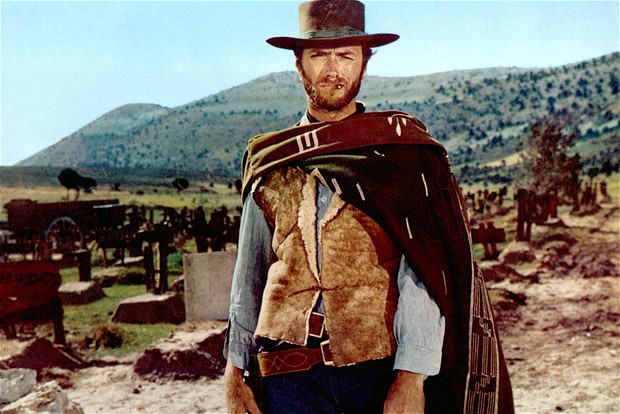
The famous spaghetti western trilogy of Sergio Leone is linked between Clint Eastwood’s Man with No Name (though nicknamed Joe, Manco, and Blondie respectively) character and his travels.
Similar to Paul Thomas Anderson’s trilogy, this is non-sequential as The Good, the Bad and the Ugly takes place first followed by A Fistful of Dollars and For a Few Dollars More.
4. Alfred Hitchcock’s Strangler Trilogy
Shadow of a Doubt (1943), Rope (1948), Strangers on a Train (1951)

The famous horror director’s trilogy, as inferred by the title, is composed of three stories which feature murderers, though murderers for entirely different motivations and situations, who prefer to kill their victims by means of strangling them. Shadow of a Doubt, the first in the trilogy tells the story of a girl weary of current life who becomes excited at the news of her uncle coming to visit. However, her uncle may not be who he seems to be as the story of a man who marries and murders widows comes to attention.
Hitchcock’s film Rope is centered around two college friends who take the life of their friend whom they view as intellectually inferior to show that they won’t be caught. To raise the stakes, they hold a party with the guest list featuring their dead friend’s best friend, girlfriend, father, and others whom are considered to also be inferior.
However, the guest list also features their one of their former teachers, a man whom they deem to be an intellectual equal, who grows suspicious. The final third of the trilogy is the film Strangers on a Train which tells the story of two men in predicaments with other people trying to find a way out. The two come to an agreement on killing the other’s problem person. However, when one backs out, the evidence appears to point to him.
3. Roman Polanski’s Apartment Trilogy
Repulsion (1965), Rosemary’s Baby (1968), The Tenant (1976)
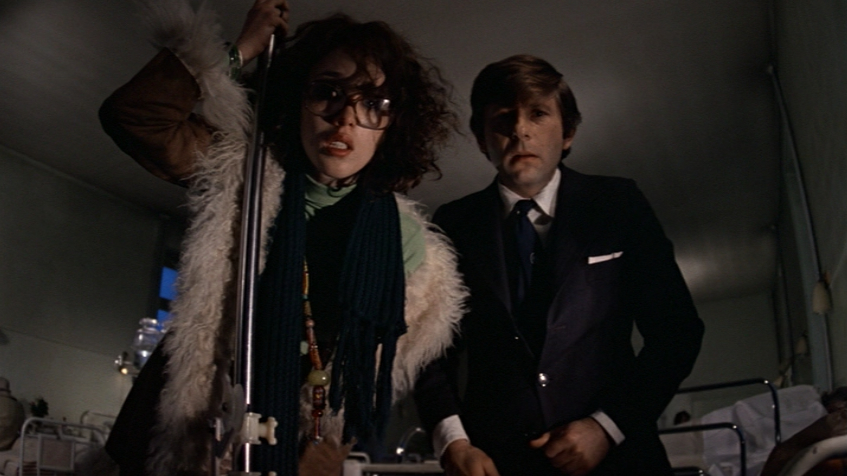
Roman Polanski’s Apartment Trilogy is formed by some of the director’s most acclaimed work. As the name implies, the major linking concept between these three films is the setting, as all three take place in an apartment.
Though they are diverse in subject matter and thematic elements, Repulsion with the fear of rape, Rosemary’s Baby with fear of change, and The Tenant with identity and obsession, the similarities continue as each is a psychological thriller that utilizes paranoia to show the fragility of the character’s minds.
2. Kar-Wai Wong’s Love Trilogy
Days of Being Wild (1990), In the Mood for Love (2000), 2046 (2004)
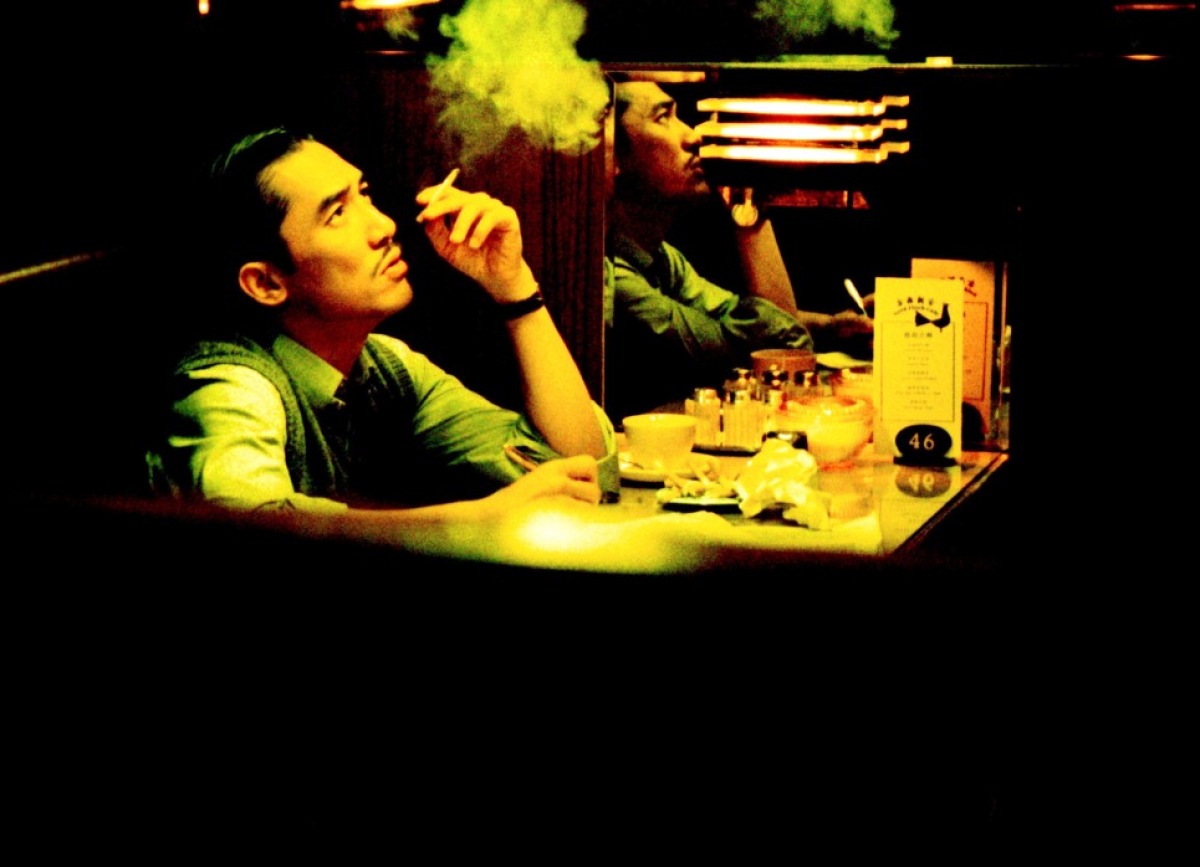
Kar-Wai Wong’s trilogy shows us what love is and how it affects our thoughts and our memories. The trilogy begins with Days of Being Wild portraying young love and the difficulty in finding meaning and developing connections with others as we try to come to our identity.
Second in the trilogy is the film In the Mood for Love, one of Wong’s most celebrated films, which shows that the pain that we suffer in trying to make these connections may not come to fruition as we so often believe they will. 2046, the final installment in the trilogy, portrays how our thoughts may get in the way, specifically within moving on, as our obsessions with former connections made hinders our ability to create new ones. The film is a testament to how we often say or try to act accordingly to having moved on though it is not the case.
1. Krzysztof Kieślowski’s Three Colors Trilogy
Three Colors: Blue (1993), Three Colors: White (1994), Three Colors: Red (1994)
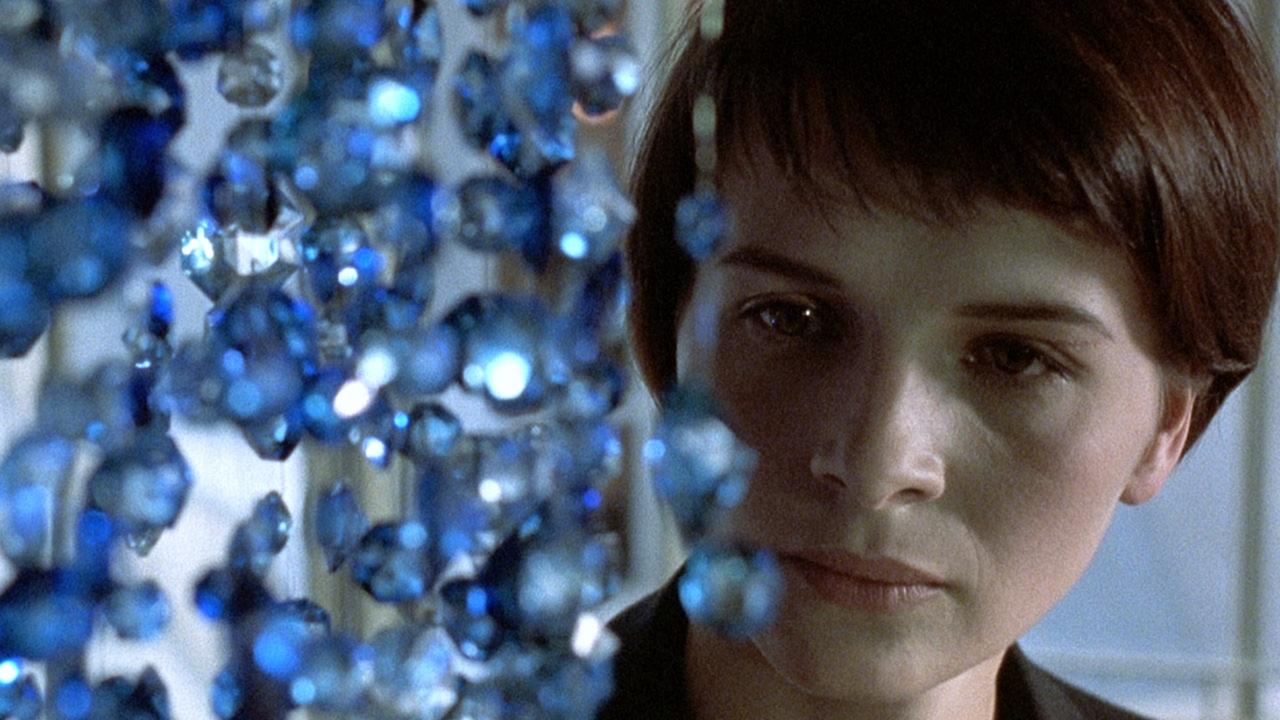
The Polish director’s Three Colors trilogy is representative of the colors of the French flag whose colors left to right are blue, white, and red. Due to French funding of the films, the linking concept and theme of the trilogy is the motto of the French Republic; liberty, equality, and fraternity. Kieślowski created each film to relate to these ideologies, though in an interpretive way.
Three Colors: Blue is representative of liberty as Julie loses her husband and daughter in a car accident which she survives as she learns to cope. Three Colors: White, depicting equality, depicts the life of Karol Karol, a man who suffers a humiliating divorce and loses everything becoming a beggar who through revenge climbs his way back up. The final piece of the trilogy, Three Colors: Red is representative of fraternity as disconnected lives of people begin to become connected.
Author Bio: Willis Maritz is a Media Production student studying to become a screenwriter-director. His favorite screenwriter-directors include Charlie Kaufman, Wes Anderson, Paul Thomas Anderson, and David Lynch.